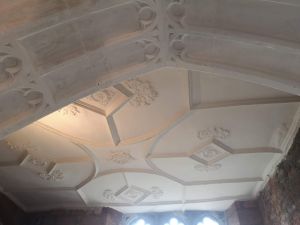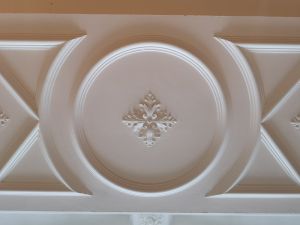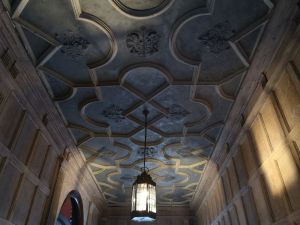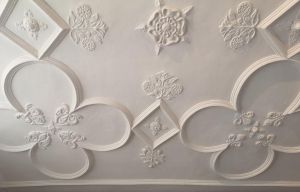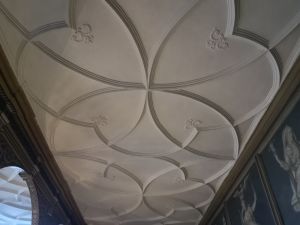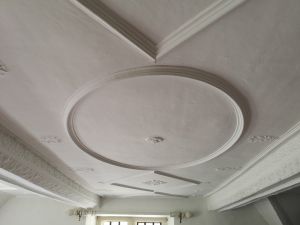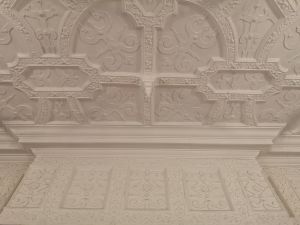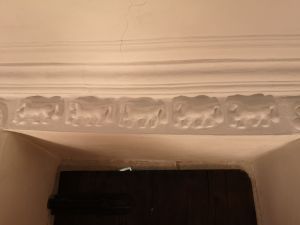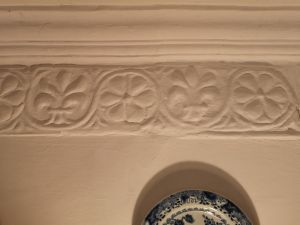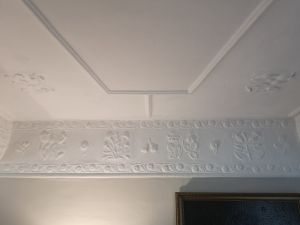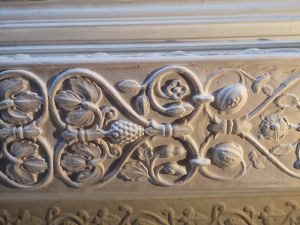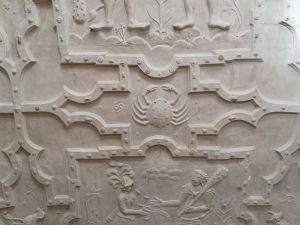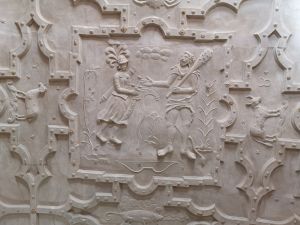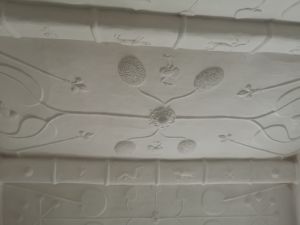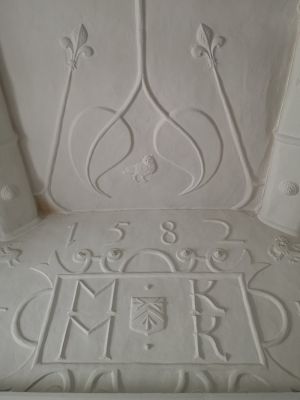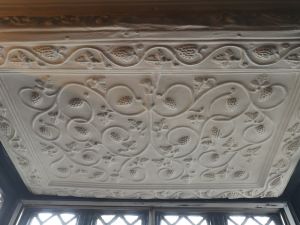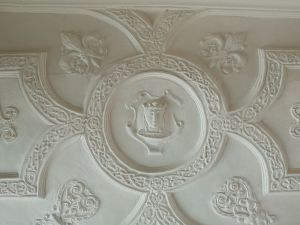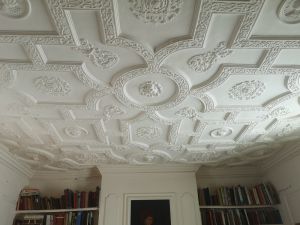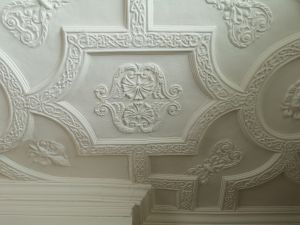Historic Plasterwork Styles
The term decorative plastering tends to bring fibrous neoclassical cornice to mind. There are, however, many non-classical historic british styles each with their own charm and uniqueness which are no longer in general awareness.
We offer decorative plaster work in many different historic styles, examples of which are below. Commissions are drawn up in accordance with clients aesthetic tastes as well as taking into consideration the age of the building and regional style. The method of plastering is done to match the design style.
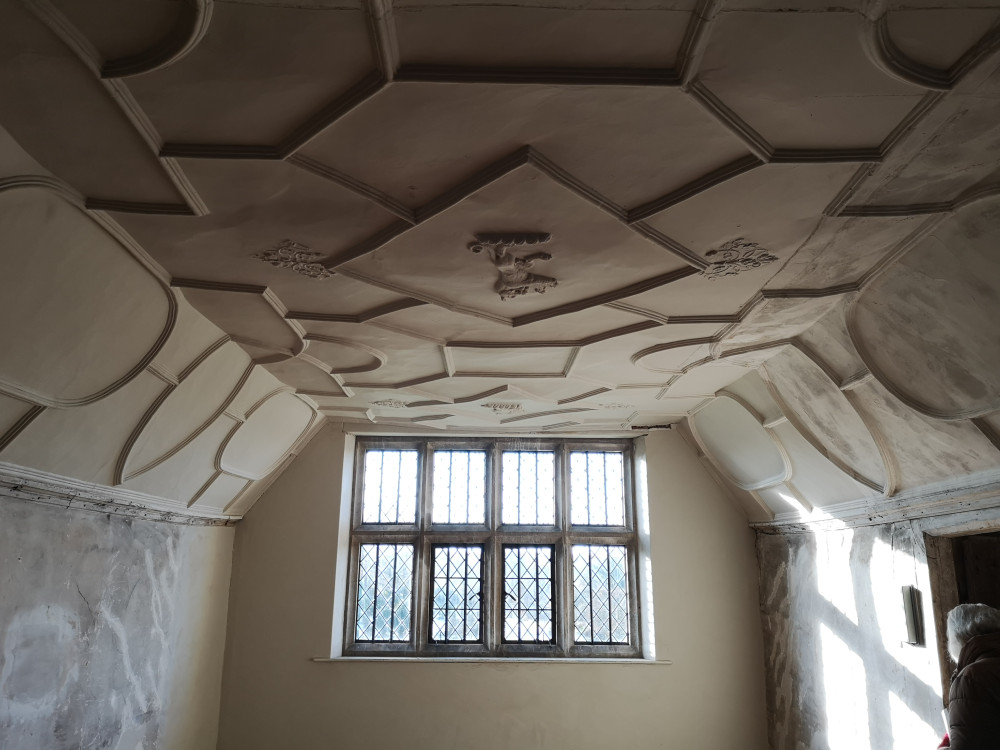
Elizabethan
Elizabethan decorative work is the first faure of the English plasterer into the artistic craft. It is diverse but can largely be characterised in the following forms:
- Simple single-rib mouldings
- Stamped and moulded ornament
- Enriched double ribs
- Pargetry
- Hand modelling
- Jacobean
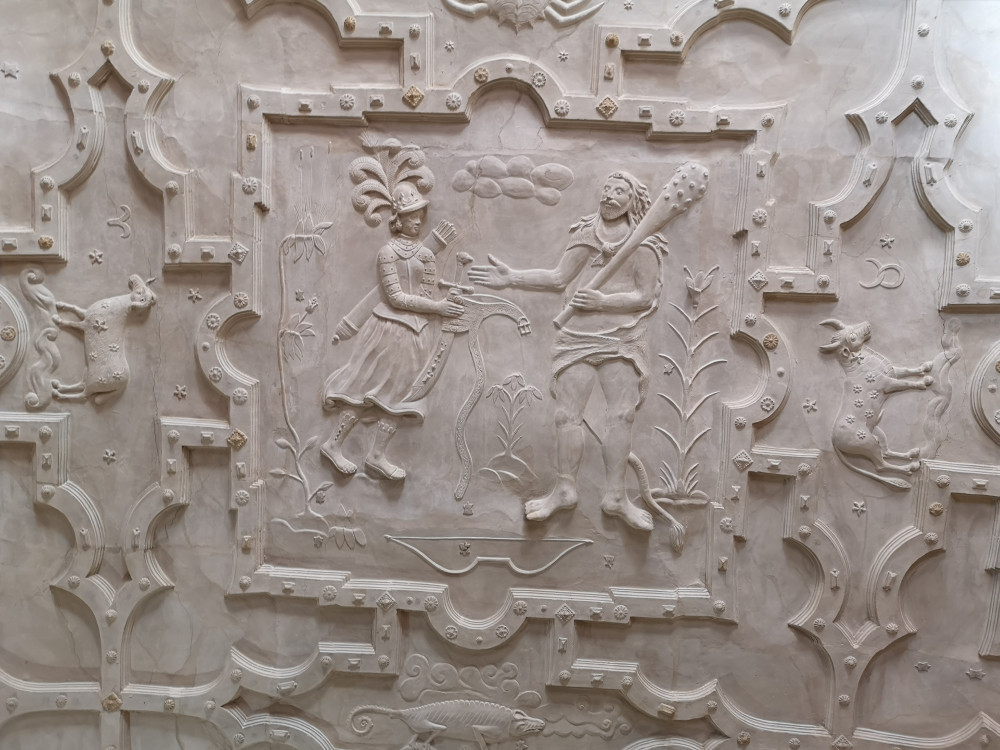
Jacobean
The Jacobean era followed with the addition of strapwork to the artistic palette. These ceilings bore interlacing straps of leather studded with jewels and rosettes. Master plasterers would continue to create ceilings in the Elizabethan tradition throughout the Jacobean era and beyond, increasing complexity and degrees of excellence. There was increased hand modelling and artistic expression in designs, which often came from pattern books.
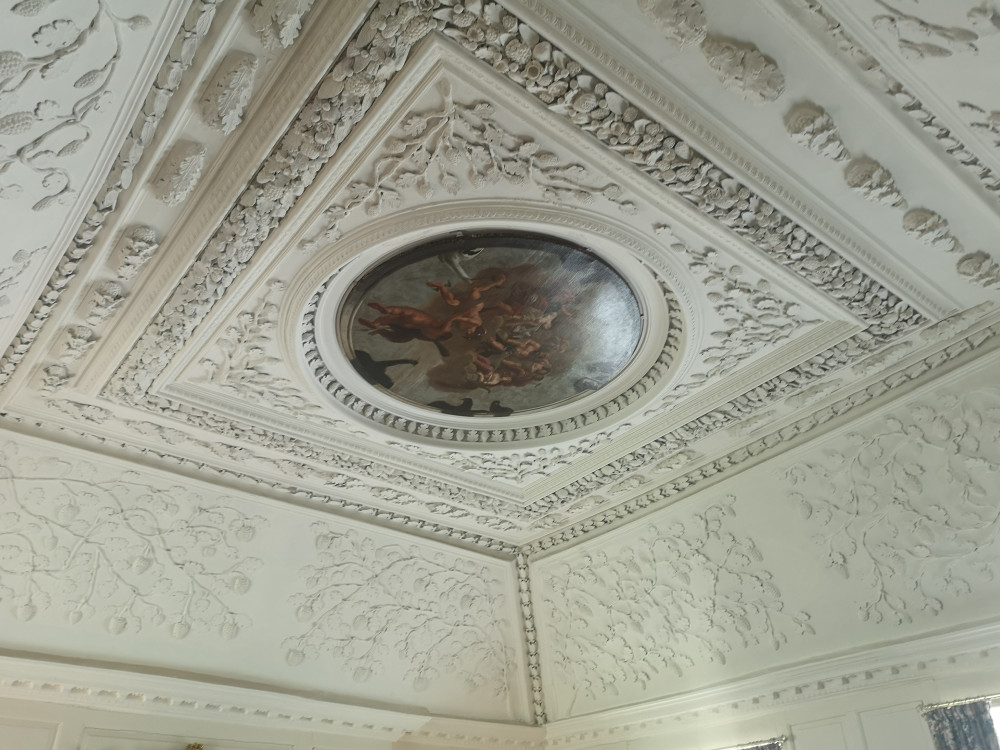
Inigo Jones influence
Inigo Jones, the English architect, brought about the revival of Italian classicism. The classical orders and large-scale architectural vision. He was slow to incorporate decorative plasterwork in his buildings, preferring paired-back clean lines; however, when he did adopt the craft in its more artistic form, patterns of equal compartment and shallow relief were done away with. Classical plasterwork is distinctive by large open spaces bordered by deep heavy relief in the mouldings.
